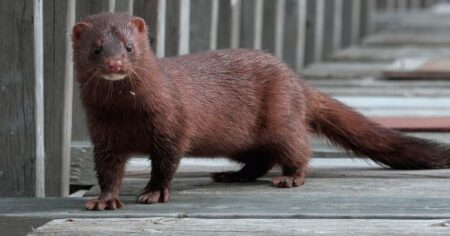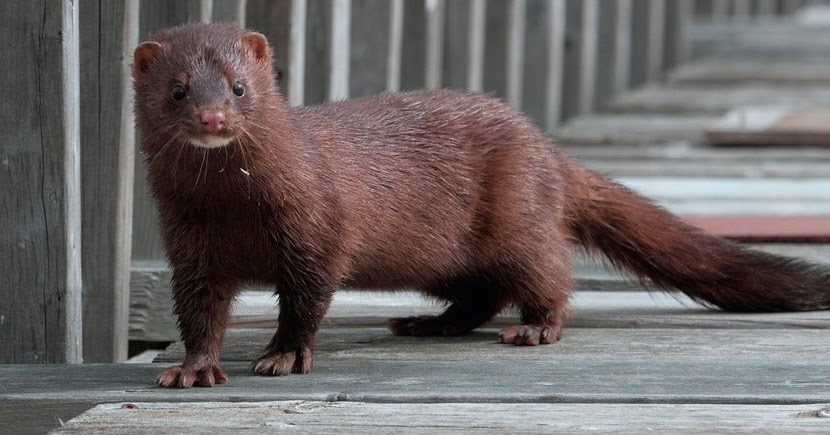We explain Invasive Species Examples here.Which are the most invasive species in the world, where they come from and what problems they cause. If you are interested in learning more about what invasive species are, examples and their consequences this post is for you.
An invasive species is any species ( vegetable , animal or from another biological kingdom ) that has been introduced, intentionally or casually, into an ecosystem other than that of its origin , where it has been able to establish itself and proliferate uncontrollably.
Invasive Species Examples And Their Impacts.

In this section, we present some examples of invasive species in Spain, Argentina and Mexico and we develop two cases of invasive species and their impacts.
Examples of invasive species in Spain
- American mink ( Neovison vison)
- Argentine parrot ( Mylopsitta monachus)
- American crab ( Procambarus clarkii)
- Camalote ( Eichhornia crassipes)
- Allianthus ( Ailanthus altissima)
If you want to know more examples of invasive species in this country, we recommend that you read our article on Invasive species in Spain and their consequences .
Examples of invasive species in Argentina
- Red-bellied squirrel ( Callosciurus erythraeus)
- Red deer ( Cervus elaphus)
- Beaver ( Beaver)
- Black locust ( Gleditsia triacanthos)
- Paper mulberry ( Broussonetia papyrifera)
Examples of invasive species in Mexico
- Feral pig or wild boar ( Sus scrofa)
- Black rat ( Rattus rattus)
- Zebra mussel ( Dreissena polymorpha). It has also invaded the Spanish coasts.
- Red lionfish ( Pterois volitans). Originally from the Indian Ocean, it has invaded the waters of Mexico and also the Spanish marine waters in the Mediterranean Sea.
- Mother of thousands ( Kalanchoe delagoensis)
- water lily ( Eichhornia crassipes).
How does a species become invasive?
The process of biological invasion consists of three stages:
- Transport stage , where a species is transported from its place of origin to a new territory. From that moment the species is classified as exotic. However, how invasive species reach new territories is a complex issue, although most species are deliberately moved, some specimens are accidentally transported, such as weeds whose seeds can be harvested with commercial seeds or even rats. and insects that stay on board ships and planes.
- Settlement stage , occurs when the exotic species finds favorable conditions to survive and reproduce in the new ecosystem, so that it can form populations. In this instance the species has naturalized.
- Propagation stage , occurs when the naturalized species has a propagation capacity greater than that of the ecosystem’s own species, a fact that leads to the alteration of the environment. Now the species is considered invasive.
